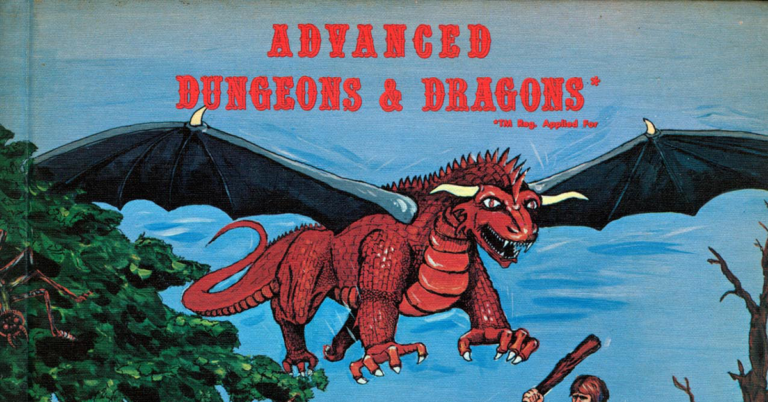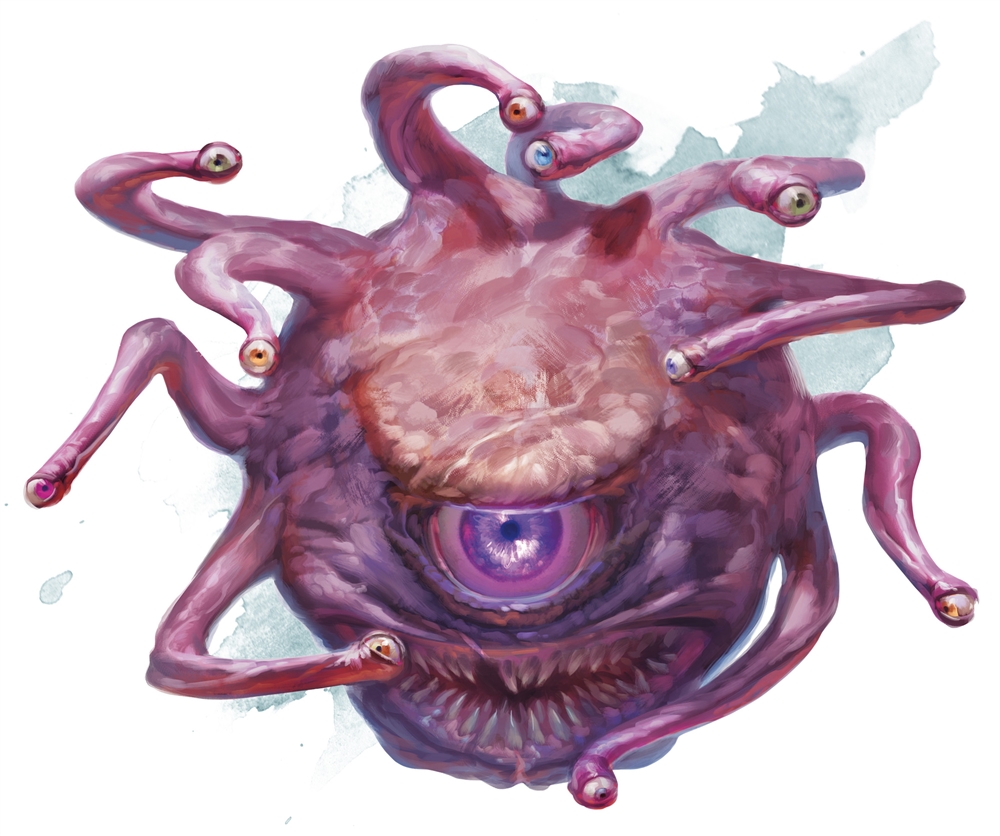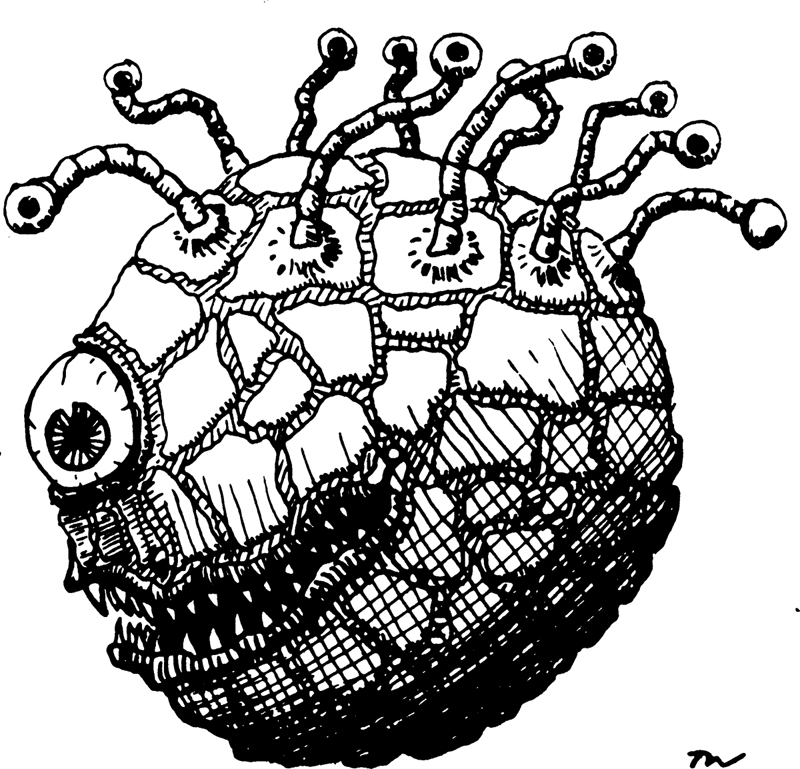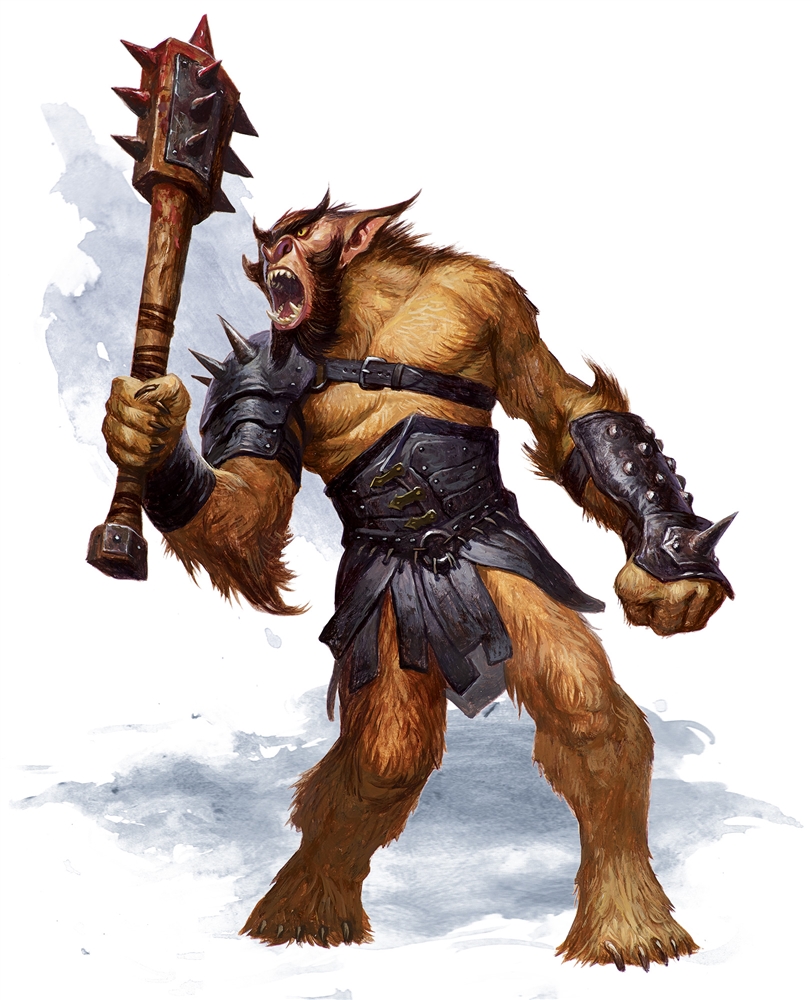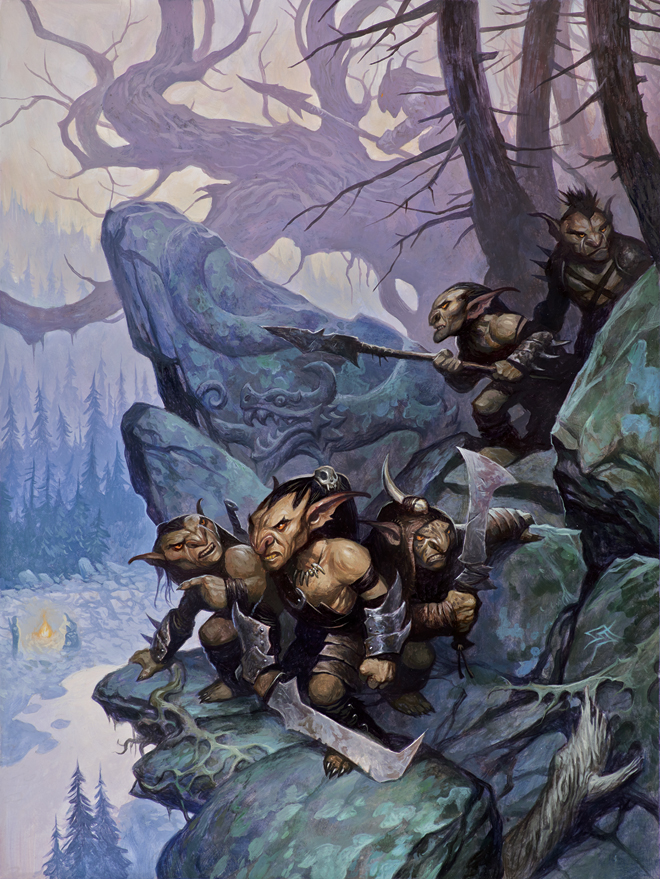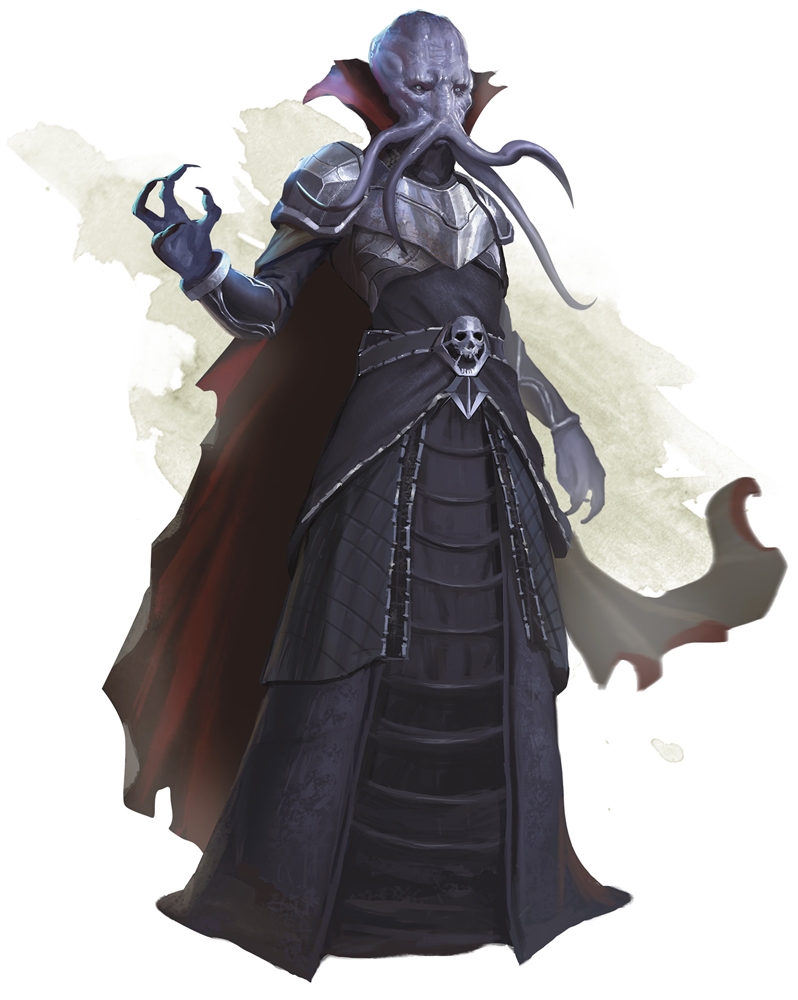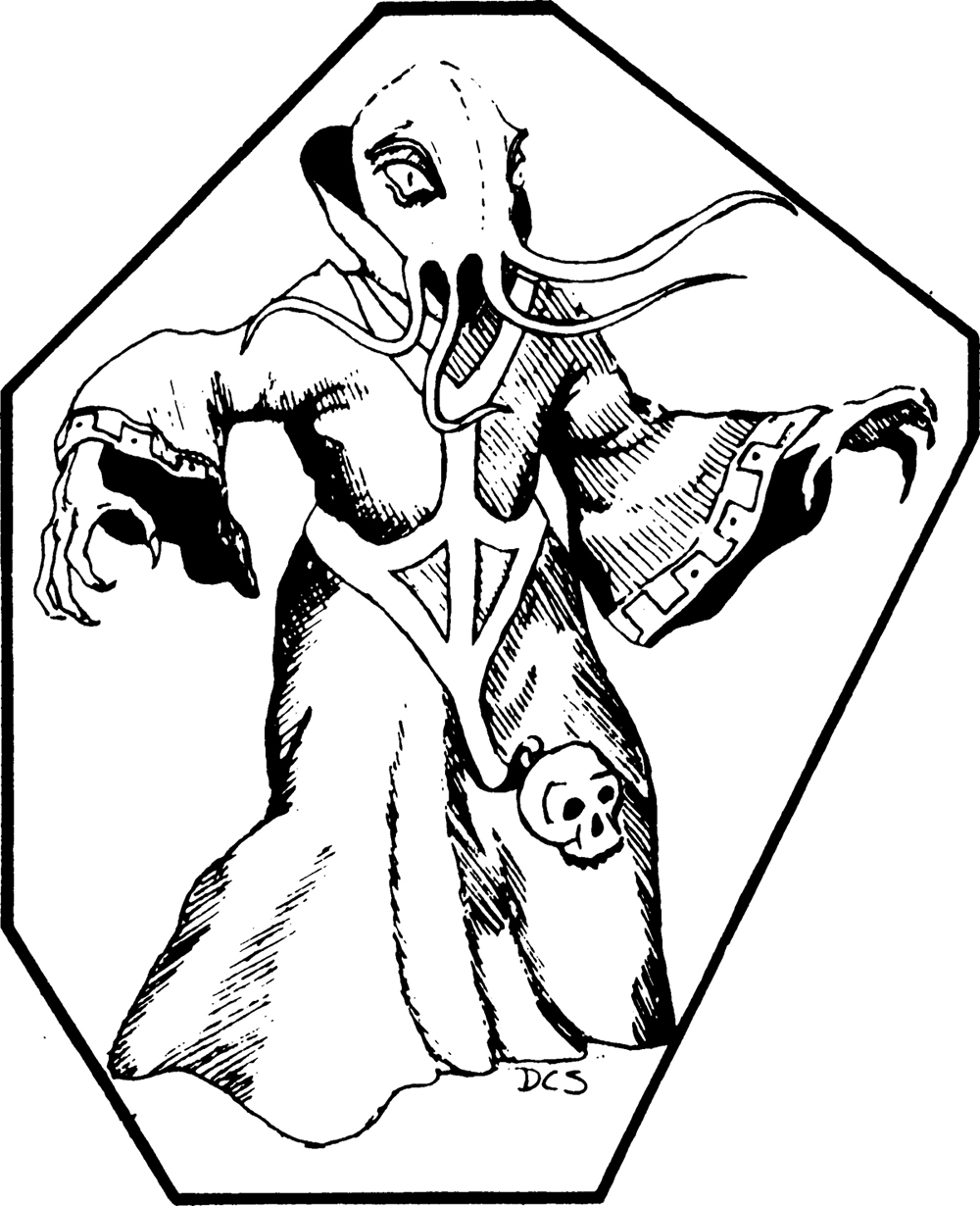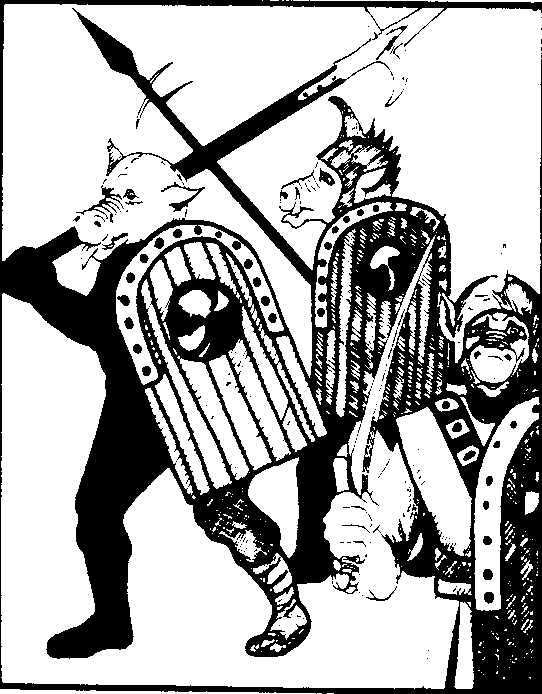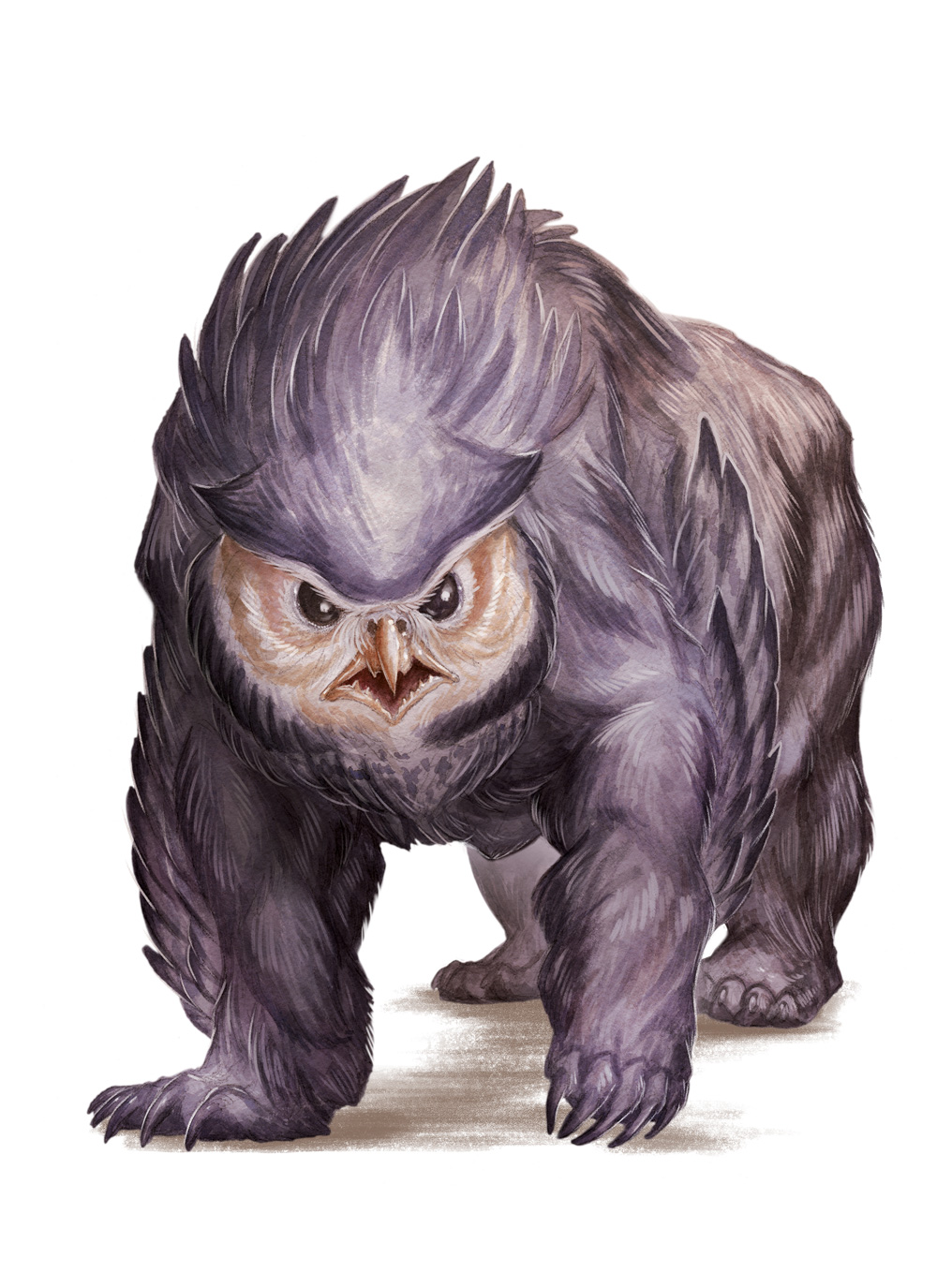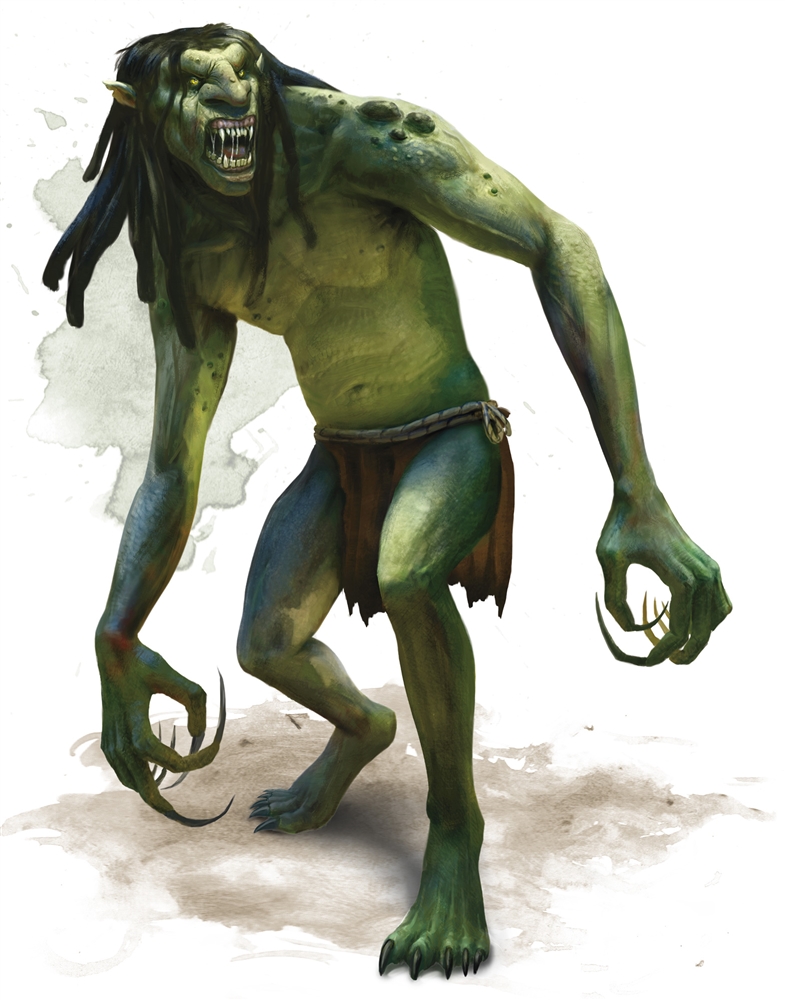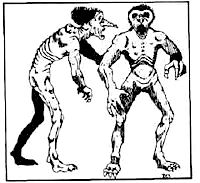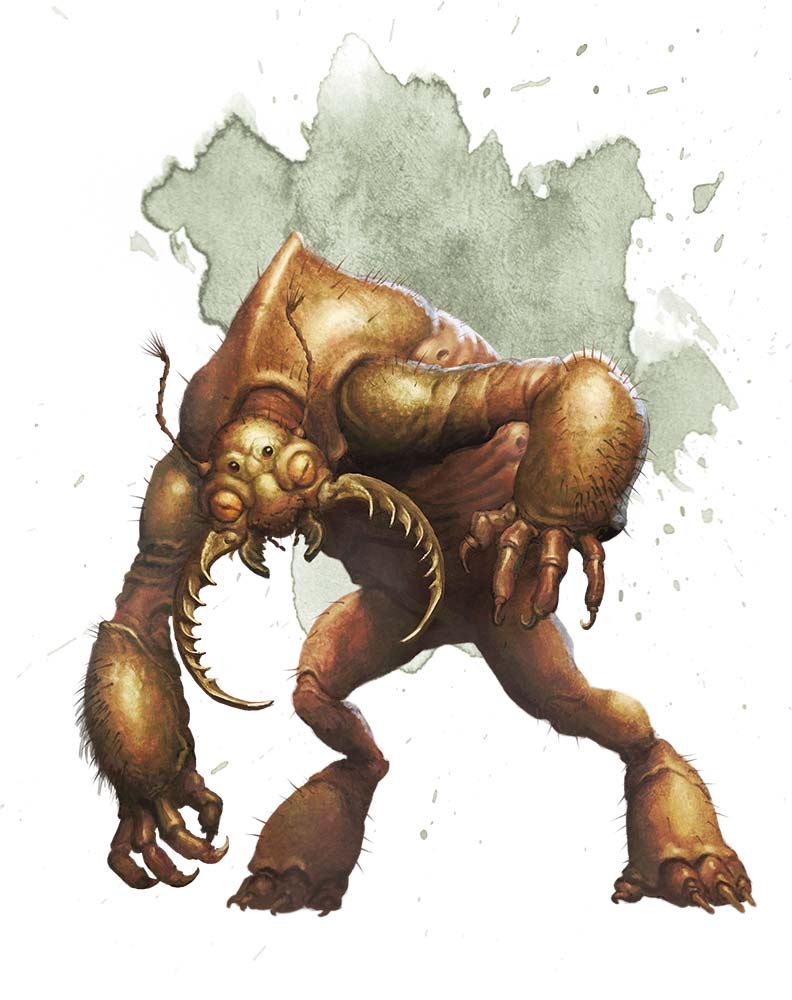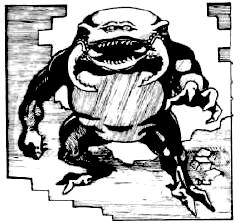While the heart of Dungeons & Dragons has endured over the decades, the supporting material has most definitely had a nip, tuck and facelift (or two) along the way. Even without the dazzling array of 3D-printed minis, scenery, and electronic landscapes to augment our imaginations, we’ve been quietly spoiled over the years by an ever-improving collection of D&D art.
Table of Contents
The original Edition 1 Monster Manual
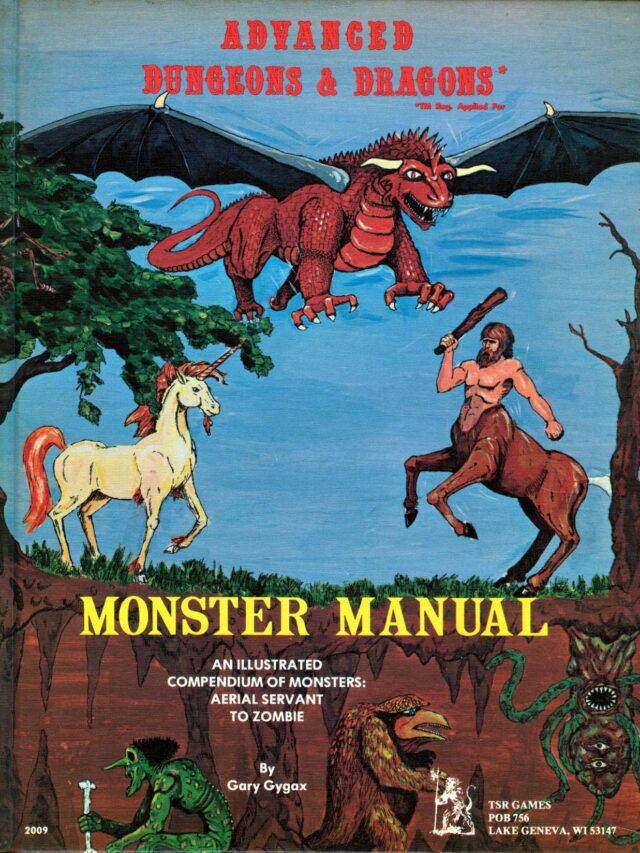
While there are several slightly later reprints available on Amazon, if you’re after an original hardback of the Gary Gygax classic, they range on eBay from anywhere between £16 ($20usd) to £500 ($625usd) – oof! If your current party is trading more on copper than gold, you can of course check out the PDF version for free here.
For some, the hefty price tag represents a piece of D&D history. Containing over 360 monsters, the 108-page book was the first hardcover book available for any D&D game and set the style for future wargaming books.
So let’s dive right in and trace our 5th edition monster art back to its roots!
5th Edition Beholder
A classic D&D monster, the 5th edition beholder is a sight: A bulbous, 11-eyed body that just seems to radiate evil intentions.
1st Edition Beholder
I’m going to be honest, this is probably my favourite original bit of D&D art. It reminds me a little bit of a 1980’s Mad Ball toy. A kind of methamphetamine-addled beach ball with a net thrown over it and decidedly noodly eyestalks. Maybe it was scarier at the time?
5th Edition Bugbear
Familiar to many players, as their encounter in some of the most popular D&D starter campaigns, the Bugbear art does a great job of creating the image of a brutish opponent that’s maybe not too bright. The canine-like face and pointed ears angled back detracting from the human features associated with intelligence.
1st Edition Bugbear
This guy looks straight-up cuddly. It’s not so much the flattened head given an “impish” appearance as much as the ratio that’s going on. Our 5th edition Bugbear looks tall and powerful, while this little guy looks positively stumpy, sporting the build of a near-pension age fisherman that’s spent too long down the pub. 1st edition Bugbear was most definitely skipping leg day.
5th Edition Goblins
Goblins have long been the fodder of many fantasy a setting; weak, easily dispatched and rarely a serious threat. I’ve always thought the 5th edition Goblin design was almost too good – they actually look pretty dangerous. Of course, maybe I’m just projecting myself into the Forgotten Realms where I’d be at best a 4HP villager with uninteresting dialogue, but these goblins look more sturdy than they have any right to be.
1st Edition Goblins

5th Edition Mind Flayer
Mind Flayers: the soulless psionic terror that even the dark elves are afraid of or sexy psychic bastards [warning BG spoilers ahead], depending on your point of view. Mind Flayers have definitely gone through an evolution and really, their physical form is of little consequence given their powers. Despite the always dapper-fitting threads, they really are pretty creepy squid guys, though.
1st Edition Mind Flayer
It took me a while to figure it out, but I think it’s the pupils that do it. The pupils swiftly transport us from “soulless psychic terror” to “Does that guy look a little bit like Zoidberg?”
5th Edition Orc
Between Warhammer 40k, Dungeons & Dragons and everything in between, we’ve really nailed down what an Orc (or Ork for 40kers) should look like and this is exactly it, a costume change could have this guy fighting Space Marines. For this reason, I’m not a huge fan of the 5e Orc art as I find it immersion breaking, I would have loved it if there was something that made it unique to D&D.
1st Edition Orc
Okay, look, I understand the 1st edition Orc is essentially a man with a pig’s head, I can see that, but I’m taking it. Bebop is far away in my conscious mind to cope with it, so I’m adopting these guys as my D&D Orc over the 5th edition, “Hey, is that the dude from Blood Bowl?”
5th Edition Owlbear
Apart from that D&D trailer, Baldur’s Gate 3 was the first time I did battle with an Owlbear. The 5th edition art is about 85% bear and 15% owl, which is the right way around. While I accept owls have sharp talons and those weird lopsided ears, bears are just outright terrifying, so bear + beak = bad times.
1st Edition Owlbear
It looks like “bear with beak” was also in the notes for the 1st edition mockup of the Owlbear, look at the size of that pecker! I would say we’re about 15% owl in the 1st edition, but I couldn’t confidently say the other 85% is bear. To me, the 1st edition Owlbear looks like 15% owl, 25% armadillo, 25% capybara and maybe the remaining 35% of portlyness left over is bear. It’s like an owl-armadillo-bara that you’d be confident would do well in hibernation. I don’t understand why it has a massive tail, either.
5th Edition Trolls
I hate Trolls. Not just the horrible internet kind, the D&D kind. Having to kill my first Troll during a campaign (being blissfully unaware of their… capabilities) was a harrowing experience. The 5th edition Troll art I think is great, they look fast, they look mean and it definitely gives you the impression that you’re going to pick up a nasty infection if you’re scratched. The artist did a great job with the “that thing wants to eat me” vibe.
1st Edition Trolls
The 1st edition troll is the stuff of nightmares – just look at it. It must have been the inspiration for the chilling “walk past” scene in the movie Signs. The image is the kind of thing you’d expect to find scrawled in a journal from someone who went missing living on a remote farm one night. Maybe it’s because the lack of detail lets you fill in your own horrible details, but I think this is a D&D masterpiece.
5th Edition Umber Hulk
I remember clearly my first battle with Umber Hulks, 23 years ago in a rather tricky part of CRPG, Baldur’s Gate 2 and I think the 5e art is fantastic. The head is utterly grotesque, and armour plating really gets across what horrible chitinous shits these guys are.
1st Edition Umber Hulk
If there’s one thing that 5th edition professional art teaches you, it’s the importance of eyes in character design. You can see here in the original Umber Hulk, we can see that instead of the bulbous, horizontal splits of insectoid eyes that invoke a deep sense of unease, we have what appear to be panicked human eyes, comically close together and topped off with some worried eyebrows which look like they have been painted on the head… shell, I guess? The short, over-muscled limbs make the clawed “reach” toward the observer feel far less of a threat than a desperate grab to maintain balance after Uncle Umber Hulk helped himself to too much Christmas Sherry and now needs an emergency dash to the bathroom.
An artistic appreciation from where we came
While I’m certainly no artist myself, I can appreciate not how far the designs and art have come over the 37-year gap, but also how humourous much of this early art now seems in retrospect.
Maybe if you’re a DM and feel you want to change up a session and have a light-hearted tone, surprise your players and swap out some handouts for the “original” 1st edition art to see what reactions you get, when the terrifying beach-ball beholder is bouncing after them!
